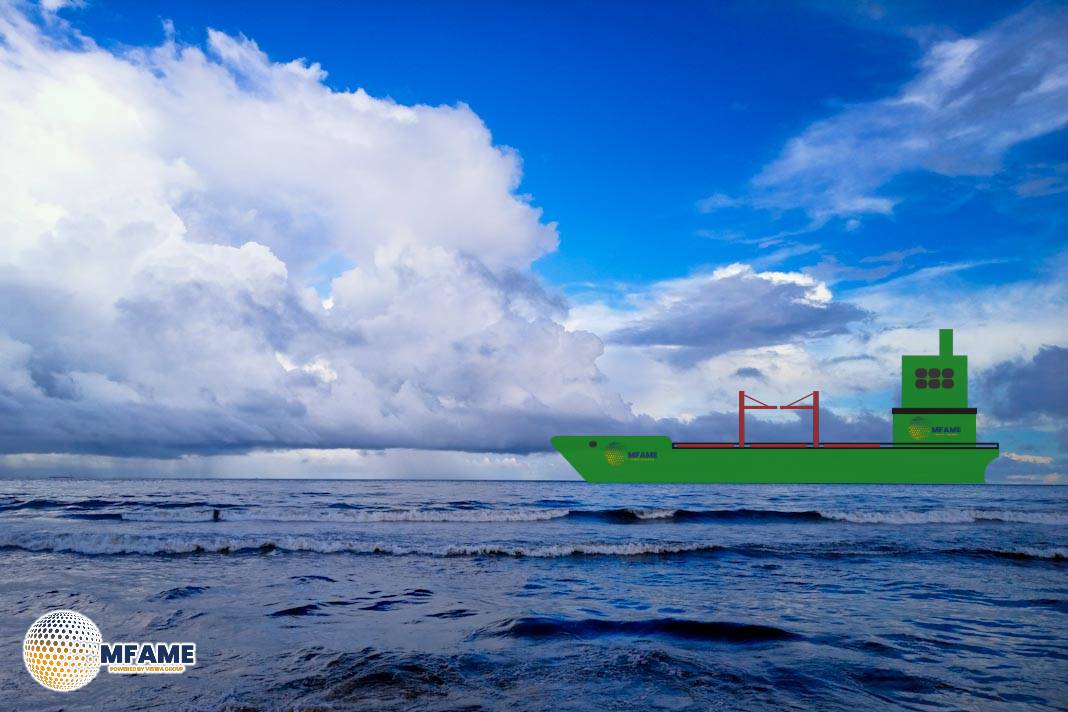- Lashing Software Enhances SOLAS Cargo Securing Compliance.
- BoxMax Notation Updated to Meet IACS UR C6 Standards.
- UR C7 Sets New Standards for Container Securing Systems.
Lashing software is currently popular and utilised as an additional instrument to aid lashing calculations to ensure compliance with SOLAS Regulation VI/5.6. The regulation requires the implementation of a statutory Cargo Securing Manual (CSM) on board. The software provides improved accuracy and operational efficiency in cargo securing operations, reports LR.
Lloyd’s Register BoxMax Notation and IACS UR C6 Compliance
Lloyd’s Register (LR) requires approved lashing software use on container vessels under its BoxMax notation. The notation was recently revised to keep pace with the International Association of Classification Societies (IACS) Unified Requirement (UR) C6, which provides standardised performance and compliance requirements for lashing software. UR C6 guarantees a harmonised approval process at all IACS member classification societies.
Improving Container Securing Systems Under UR C7
Appropriate cargo securing is necessary for the safety of the ship, cargo, and crew. It needs to consider the supporting structure and securing fitting strength. IACS UR C7 describes the need for approval and certification of container securing systems. The standards intend to improve the safe transportation of containerised cargo and correct regulatory inconsistencies across classification societies. Lloyd’s Register is including these requirements within its Rules and Regulations.
Implementation Schedule for UR C6 and UR C7
Both UR C6 and UR C7 requirements will be implemented in all container vessels ordered to be built on or after 1 July 2025. The two requirements will take effect simultaneously on that date, ensuring that new ships conform to the newest safety and performance standards for lashing and securing equipment.
Launch of the RDA (Roll Design Assessment) Notation
Lloyd’s Register has adopted the RDA (Roll Design Assessment) notation, which was specifically designed to analyse the roll behaviour of container vessels in a range of environmental and loading conditions. The notation is aimed at detecting resonant parametric or synchronous rolling, which are identified as the primary causes of loss of containers at sea.
Enhancing Operational Safety Using Roll Assessment Software
Ships receiving the RDA notation will be fitted with onboard roll analysis software. This software assists the crew in anticipating and reacting to possible excessive roll occurrences, improving working conditions. In combination with the BoxMax notation, RDA delivers maximum ship loadability without sacrificing security.
RDA Notation Procedures and Integration into LR Rules
The RDA notation is not obligatory but is being presented formally as part of Lloyd’s Register’s Rules and Regulations. Comprehensive procedures to assess and implement are outlined in LR’s ShipRight document “Procedure for Roll Design Assessment.”
Did you subscribe to our daily Newsletter?
It’s Free Click here to Subscribe!
Source: LR


















